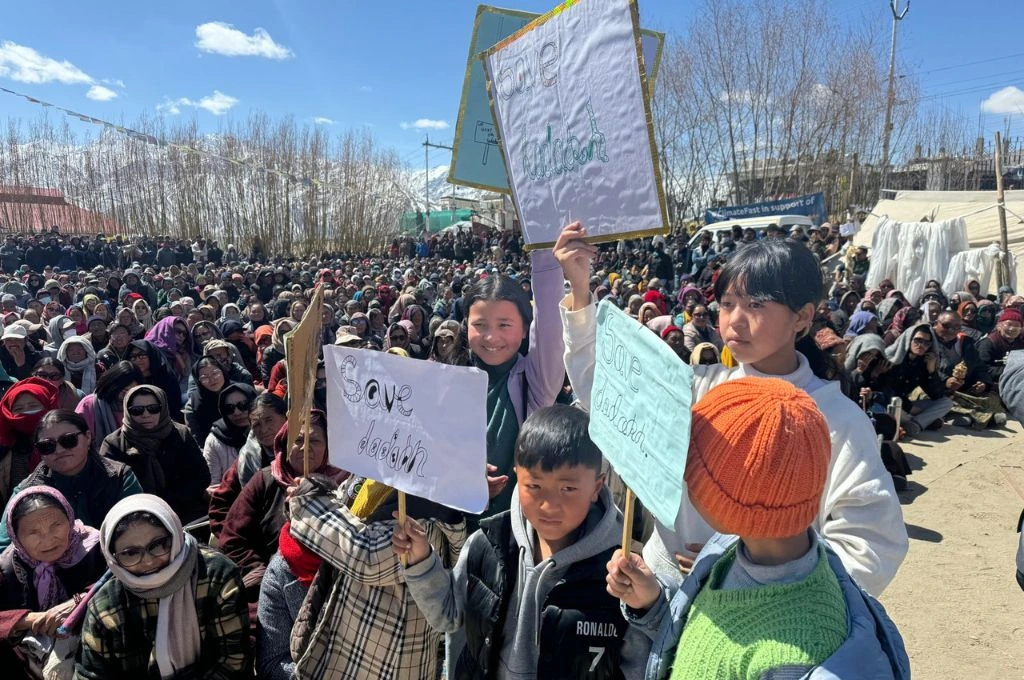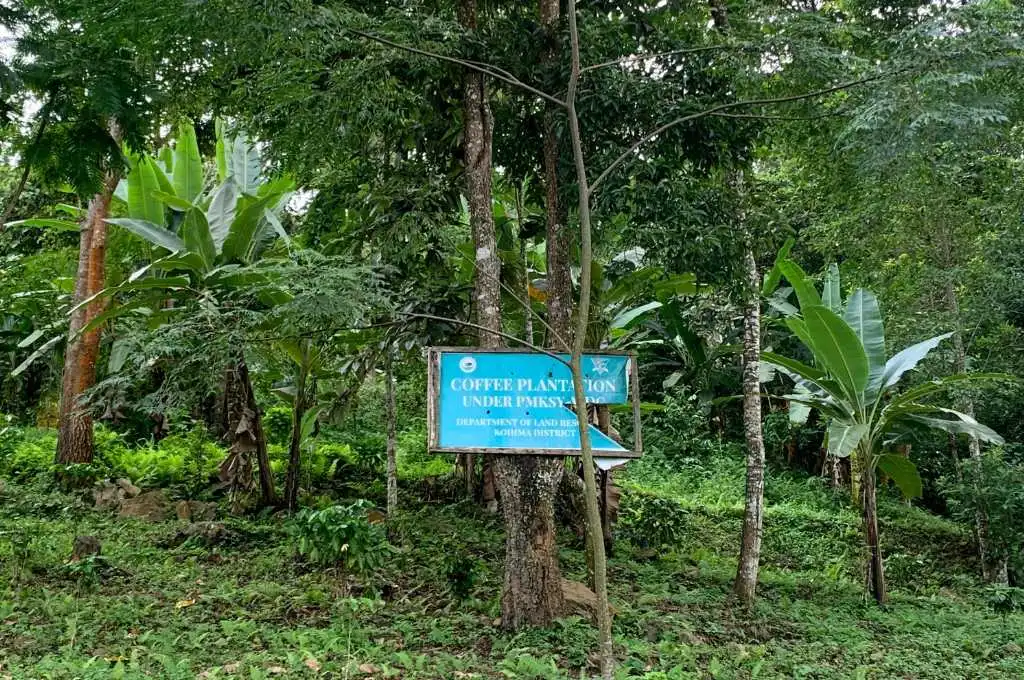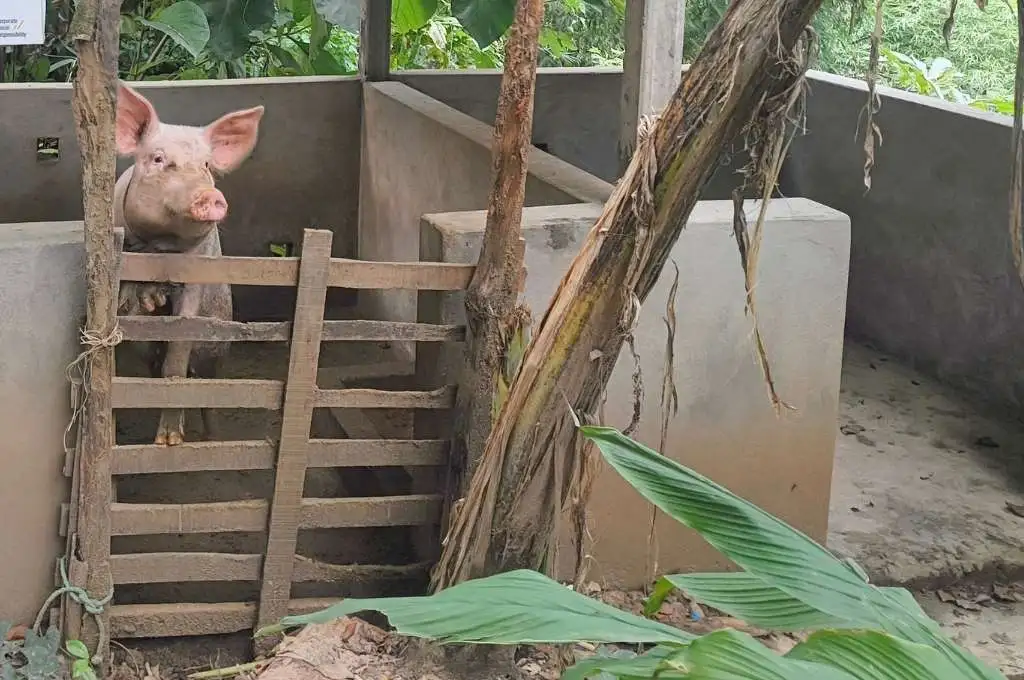The true price of walnuts: Farming is a risky business in Kashmir
In the autumn months of August and September, walnut harvesting is at its peak in the Kashmir Valley. Approximately 2.66 lakh metric tonnes of walnut are cultivated across 89,000 hectares of land, contributing to nearly 98 percent of the total walnut production in India. Not only does export of the Kashmiri walnut fetch producers INR 120 crore annually, it also provides direct and indirect employment to thousands of people. Unfortunately, this occupation comes at the cost of human lives.
Across the region, walnut is harvested manually. Traditionally, a chanan woel or walnut thrasher climbs up to the highest branches of the trees, which are 30–45 metres tall. Equipped with a long bamboo-like stick made from willow or some other wood, they beat the branches until most of the walnuts fall to the ground. The shelled fruit is collected in gunny bags, peeled, washed, sun-dried, and then sold in the market.
This method of harvesting involves the risk of the walnut thrasher falling from the tree as they often climb up barefoot. While they are continuously beating the foliage, any imbalance, loss of grip, a branch breaking, or a lapse in concentration can result in them falling. Consequently, every year many people lose their lives in the process, while others get injured and face lifelong disabilities. Dr Bashir Ahmad Choudhary, an orthopaedician who treats several injuries caused by falls from walnut trees, says, “Many suffer head, brain, spinal, chest, abdominal, and limb injuries. Sometimes the injuries from these incidents are so grievous that people are left paralysed for a lifetime.” Often, injuries also go unreported as people are either unable to reach hospitals or they visit traditional healers.
This year, in a span of 10 days, six people lost their lives and three were critically injured after falling from walnut trees. Mukhtar Ahmad Poswal tries to be extra cautious while climbing into the thick foliage of a medium-sized walnut tree. Poswal, a 33-year-old man from Shuhama in Ganderbal district, shares, “Over the last few days, we have heard news of people dying during the walnut harvest. Before climbing the tree, I often think about the consequences. I know it can be life-threatening. But because there is no other work, I have to do it.”
Poswal’s income supports his family of five. For a few months in the year, he works as a casual labourer at construction sites where he earns an average daily wage of INR 500. The rest of the year he takes up seasonal jobs such as apple picking and walnut thrashing, which can earn him up to INR 1,000 a day.
Experts have said that traditional harvest practices combined with the lack of protective gear—such as non-slip boots and helmets—are the reason for the regular occurrence of these incidents. They believe that modern harvesting practices, such as fixing nets below the trees to catch a falling person, can help avoid casualties.
Nasir Yousufi is a freelance writer based in Kashmir.
—
Know more: Learn how giving women farmers access to technology can increase farm yields.
Do more: Connect with the author at nasirusfii@gmail.com to learn more about his work.



